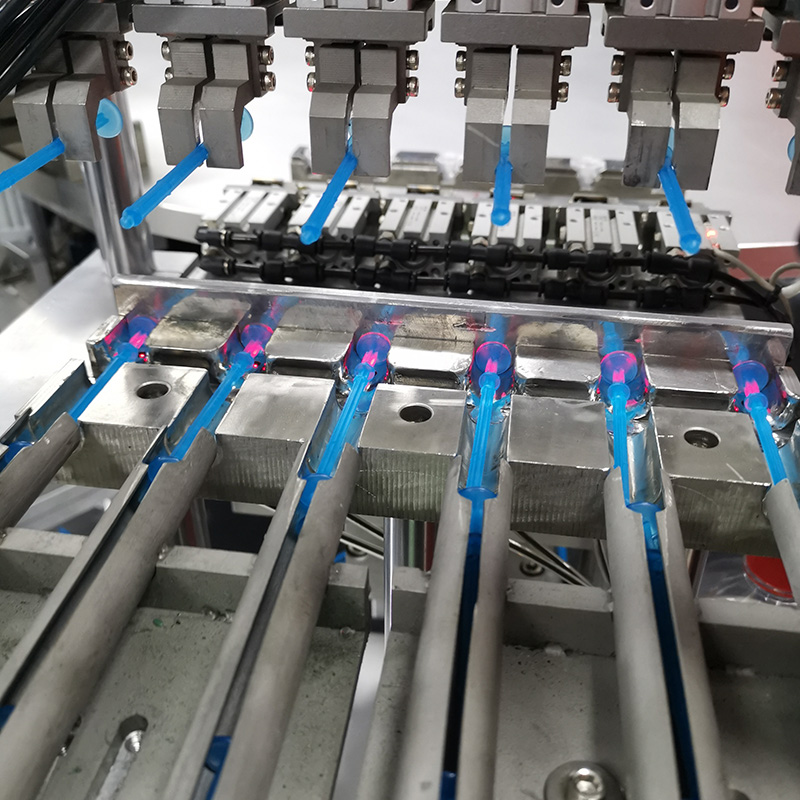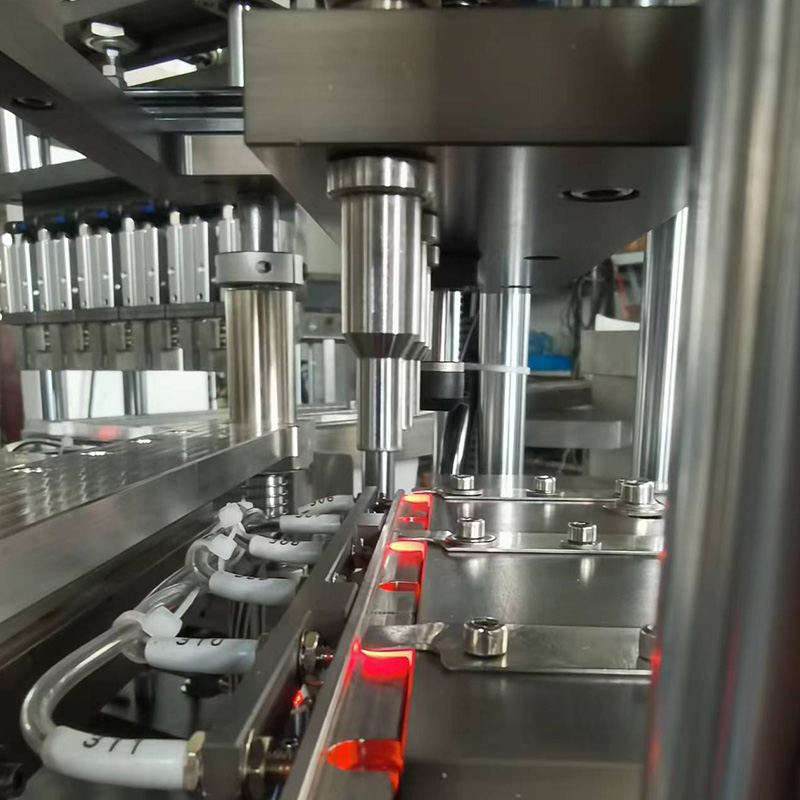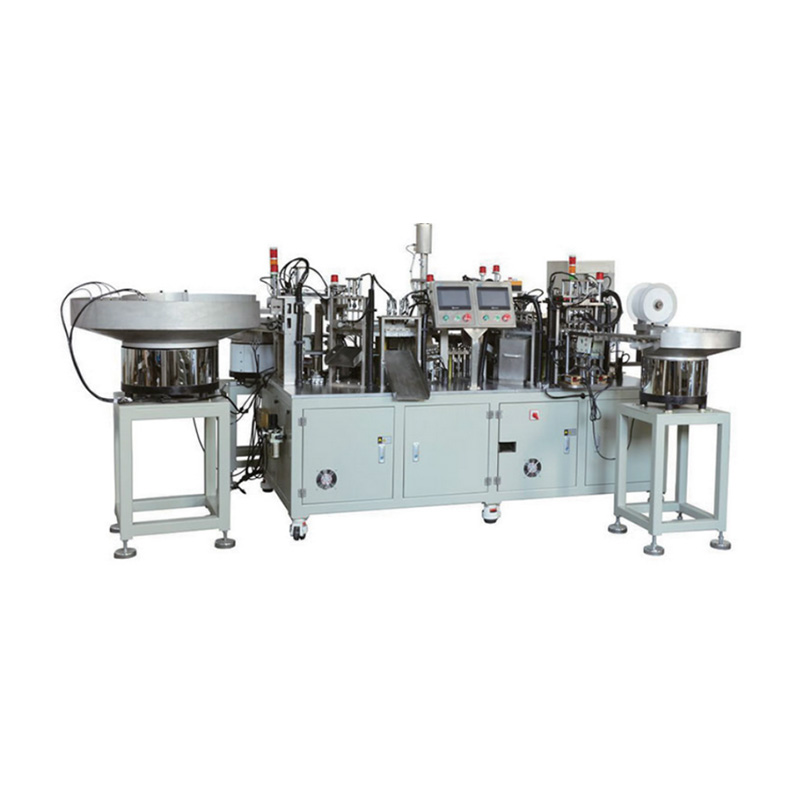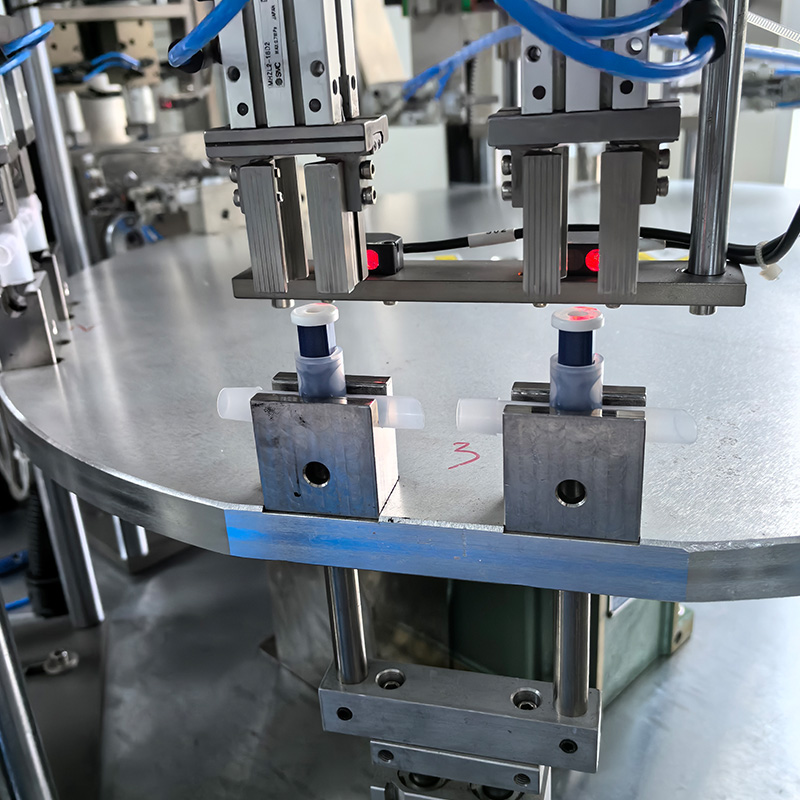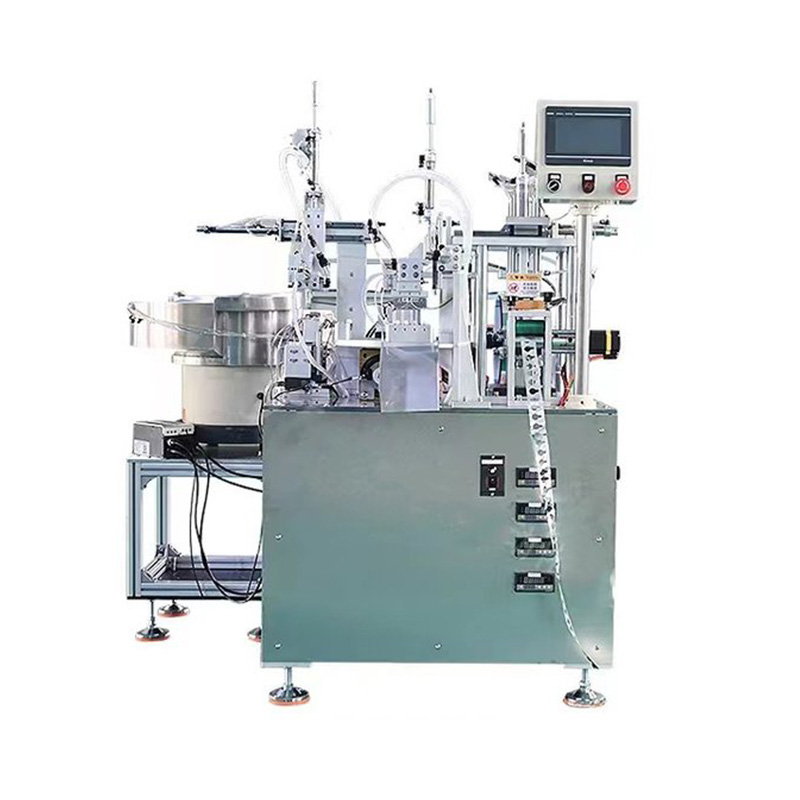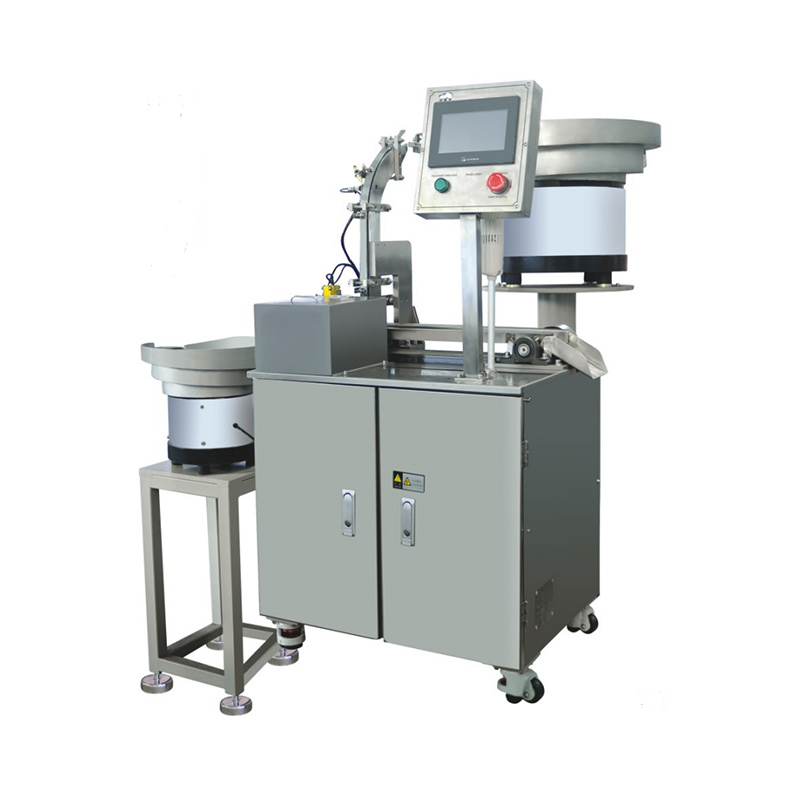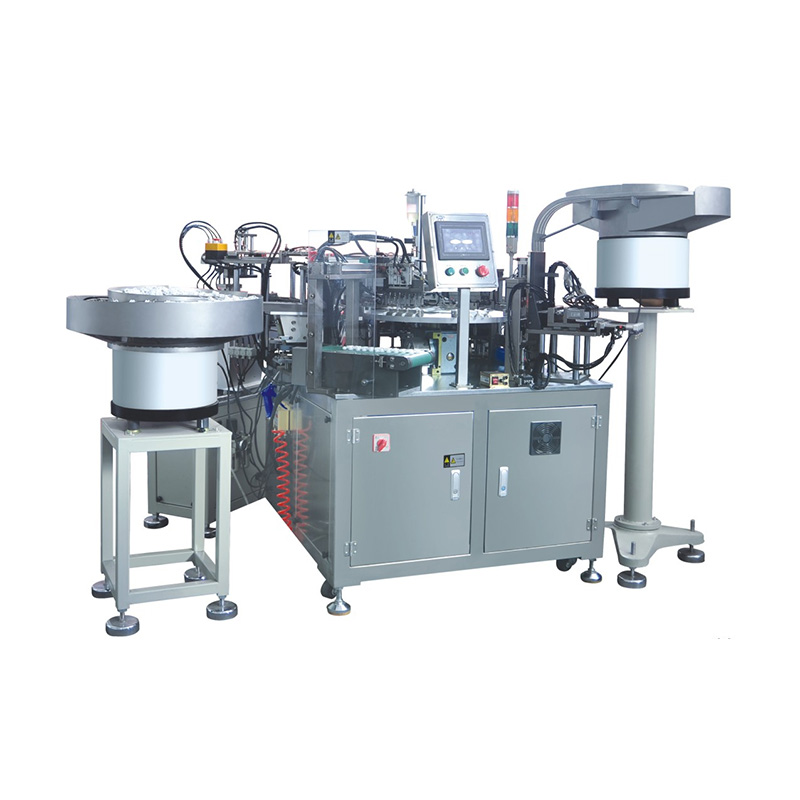China Zhejiang Taizhou Ambe Trading Co., Ltd. is a manufacturer specializing in the production of medical equipment automation equipment.
In today’s fast-paced healthcare environment, the demand for reliable and precisely manufactured intravenous (IV) therapy products has never been greater. Hospitals, clinics, and emergency medical services rely on IV systems for fluid administration, drug delivery, and transfusion procedures. As a result, the medical manufacturing industry is turning to more efficient and advanced IV infusion assembly machines to meet production requirements with consistent quality and compliance.
Over the past decade, the IV infusion assembly machine has evolved from a semi-automated system to a fully integrated solution capable of producing thousands of infusion sets daily. These machines assemble critical components such as tubing, drip chambers, flow regulators, injection sites, and connectors with minimal human intervention. The rise of precision automation in this area is transforming how manufacturers respond to market needs and regulatory standards.
Modern IV infusion equipment assembly machines are designed with precision engineering to ensure that every part of the infusion set is assembled accurately. Unlike earlier generations, today’s machines incorporate smart sensors and servo-driven systems to maintain consistent assembly force, alignment, and bonding integrity. This ensures that every IV set meets rigorous industry standards and performs safely in clinical settings.
Another key advantage of the IV infusion equipment assembly machine is its flexibility. Medical device manufacturers often produce multiple types of infusion systems—ranging from standard gravity sets to more complex pressure-resistant or multi-chamber systems. With rapid tool changeovers and modular design, a single IV infusion assembly machine can be adapted to handle various product specifications. This is particularly beneficial in a healthcare landscape that requires agility to respond to changing patient care protocols and emerging therapies.
In addition to flexibility, the latest Infusion Therapy Assembly Machines support real-time quality control and data collection. Integrated vision inspection systems verify the placement and orientation of components, while in-line leak testing ensures the integrity of the fluid path. Any deviation is flagged instantly, allowing operators to intervene before an issue escalates. This not only reduces waste but also shortens the feedback loop for quality assurance teams.
The role of the Infusion Therapy Assembly Machine is also expanding as manufacturers aim to integrate sustainability into their operations. By minimizing material waste and reducing energy consumption through efficient design, the machines help companies lower their environmental impact without compromising on quality. Some models also support the use of recyclable or bio-based materials, aligning with broader sustainability goals in the medical sector.
As the global demand for IV therapy grows—driven by aging populations, chronic disease management, and outpatient care trends—manufacturers are investing in high-output, scalable solutions. Large production facilities are adopting parallel lines of IV infusion assembly machines to meet volume needs, while smaller or regional suppliers benefit from compact versions of the IV infusion equipment assembly machine designed for targeted batch production.

One of the emerging trends in this space is the integration of remote monitoring and predictive maintenance. Many Infusion Therapy Assembly Machines now include software systems that allow engineers to track machine performance, receive alerts, and conduct diagnostics remotely. This ensures higher uptime and reduces the likelihood of unplanned disruptions, which is especially important when manufacturing essential healthcare products.
Training and workforce development are also becoming more critical. As IV infusion equipment assembly machines become more sophisticated, operators and technicians must possess both technical and regulatory knowledge. Manufacturers are responding by offering specialized training programs and digital simulation tools to help new staff become proficient in machine operation and maintenance.
Looking forward, the infusion therapy manufacturing sector is expected to see continued investment in automation technologies. The IV infusion assembly machine, along with its associated inspection and packaging systems, will remain central to achieving the scale, precision, and reliability that modern healthcare demands. By combining advanced engineering with intelligent design, these machines are helping ensure that IV therapy remains safe, effective, and accessible for patients around the world.

 English
English русский
русский Español
Español

